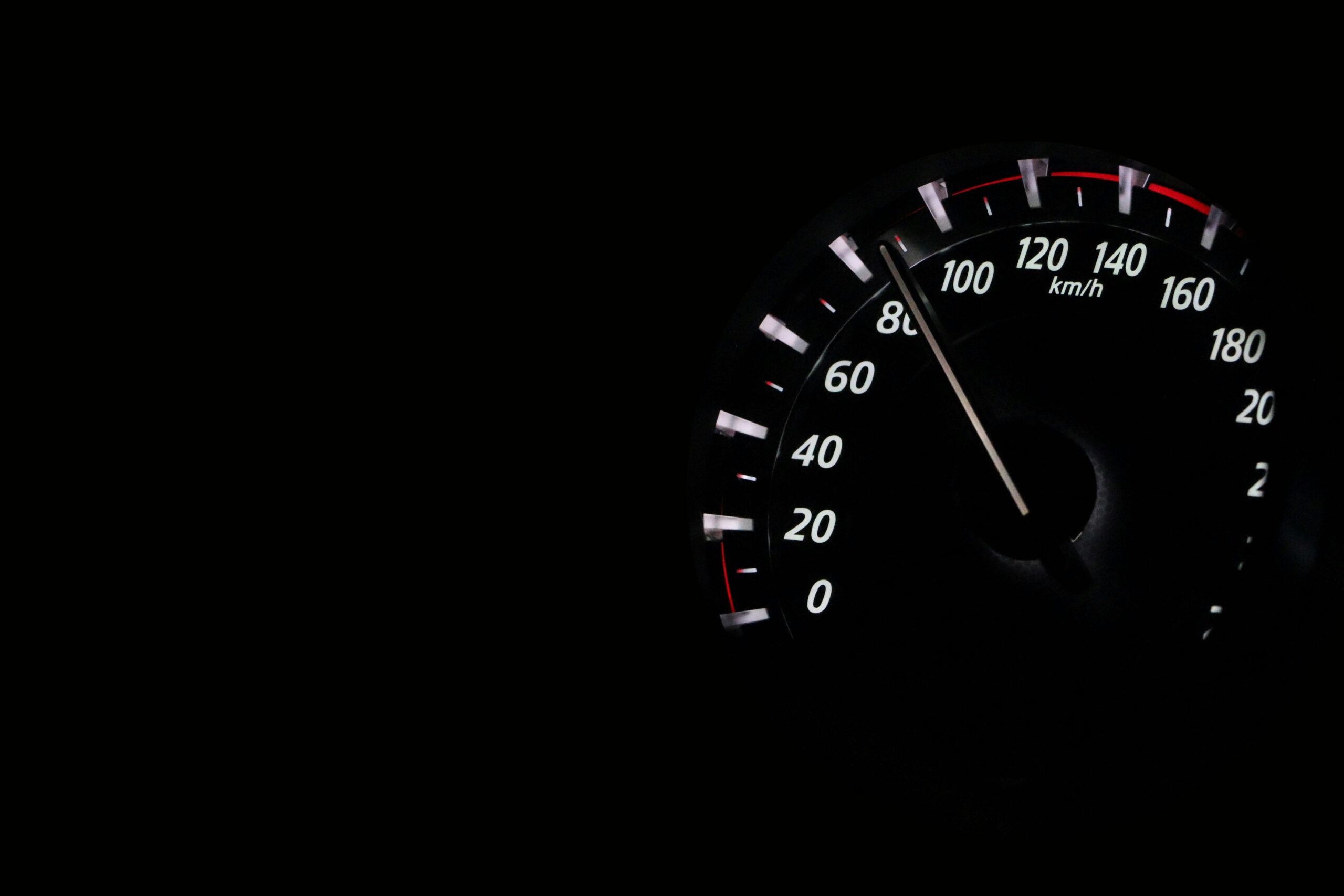If you’re looking to get more visitors and sales online then hopefully you’ve come across SEO and PPC. Right now, we’re going to look at the work that is essential for launching either type of campaign. If you do this properly, then you will also be setting yourself up strongly for the other type of campaign, getting a marketing 2-for-the-price-of-1 combo. This aspect of marketing is called Landing Page Optimisation.
Optimising landing pages gets you more traffic + increases conversion rates
Even if you are already doing SEO or PPC, there may still be changes you can make to boost performance. If you do this for one, you should be in a very strong position to make progress in the other as well. If you aren’t doing both, then you may well be able to get the other off the ground very cheaply, getting even more traffic for little extra cost. What we’re going to look at are some of the things you can do to optimise your web pages to get a better return from both campaigns at the same time.
So, not only should a higher proportion of your existing visitors become customers, you should increase organic traffic too. If you’re building your website to begin with, then naturally you will want to optimise it for long term success otherwise how will you get any sales at all?
Landing Page Optimisation
Landing page optimisation is the process of making sure your website pages are appropriate for the kind of traffic that you attract. We use this phrase to cover all kinds of work that will make sure that visitors have a great experience when they first hit your website.
Landing page: the first page a visitor to your website sees.
This could be the home page, if they are searching for your type of business e.g. “men’s fashion”, or a more specific service or product page if they are searching for something more specific such as “men’s shirts”.
There are interesting pros and cons to both SEO and PPC, with the “best” option, or combination of options, being specific to your situation. The key objective in both cases however is the same, to get people onto your website. This should open up two key questions:
- Who will you get onto your website?
- What will they do when they get there?
The answer to both of these questions is going to be determined by what’s already on your website, as well as how you have set up your campaigns to drive people there. For both SEO and PPC there are admittedly plenty of things you must be doing which aren’t on your website, but if you don’t also make sure your website is set up to welcome them with open arms then you won’t be getting the return on your investment that you deserve.
While a big business may have the resources to set up all kinds of new web pages for each campaign that they run, most small businesses are likely to draw on what is already on their website. So when we talk about “landing pages” we basically mean the key service or product pages of your website. The pages that tell people about the things that you sell and why they should buy from you. This can also include the home page which could well be the first page they hit if a visitor hasn’t yet pinned down a super specific product or service.
Whether you are building a new site from scratch, or just getting a bit more out of the website you’re running, you should look into how you can improve performance. Making changes to your existing pages can bring in a wide range of benefits.
Here are just some of the things you need to look at in order to optimise your landing pages and simultaneously boost PPC and SEO.
Keyword optimisation
A key aspect to keeping both Google and visitors happy is to make sure that your pages are relevant to what people will be searching for. This is essential for both PPC and SEO since providing information that is as close to what people normally search for as possible is the best way to get more traffic.
- For PPC, having pages optimised for keywords will increase quality scores and reduce cost per click, meaning you get more traffic from your budget.
- For SEO it will improve ranking performance for pages which relate to keywords that people search for.
Selecting which keywords you should optimise for is no mean task, it should take into account what you sell, what language people naturally use and a ton of data on what actually gets searched for. This is a big job in itself but it’s well worth doing it sooner rather than later. Optimising for keywords further down the line can be massive pain, especially if you have to change pages drastically.
Page titles
In general, we suggest targeting one keyword per page, this means that your website should be structured according to your keywords. Your top keywords should be present in page titles on the front end and also the various places behind the scenes that search engines look at. If someone is searching for something and then they come across a web page where the title reflects almost exactly word for word what they are searching for, it’s a pretty good signal that the page is going to be relevant. It’s a nice big sign post saying “I have exactly what you want”. Which means you should be off to a good start. If someone is looking for “men’s shirts” and this isn’t the title of the page, how do they know the page is about men’s shirts?
Website structure
You will probably have found in your keyword research that in some cases people search for more general phrases and in other cases use much more specific phrases with more detail. For example, for us, a more general search would be something like “men’s fashion” but a more specific search might be “men’s shirts” and even more specifically “men’s casual shirts”. Now it wouldn’t make much sense to just have a long list of pages, each one with a very slightly different variation of the same theme. That’s why a website needs a hierarchy. Yes, there is a “top level” fairly general fashion page for people who aren’t sure exactly what they are after yet, but this then leads visitors to more specific pages, one for shirts, one for shoes and so on. Likewise there will be a category level “shirts” page but you can go deeper and enable people to view just casual shirts on one page and formal shirts on another.
As it happens, these top level and then more specific pages should also match up perfectly with campaigns and ad groups in Google Adwords. If your website is built according to a keyword inspired structure from the start you will have all the landing pages you need for PPC and highly targeted SEO.
Copywriting
Of course there is more to a page than just the title (and Meta title!). Both Google and your customers are going to be rather frustrated if they get their hopes up at the headlines and then go on to read a bunch of copy that isn’t at all related to their search. Of course finding the right tone of voice and USPs to convey for your company are just the start. There’s a fine line to be walked between making sure that there are some words relevant to your keywords in the body of text but also that you aren’t cramming them in in a completely illegible manner and keyword stuffing. The quantity and quality of your copywriting however is a bit more straightforward, more is (almost) always more. Getting more good well written words down on the page will be an asset for your website.
Design and layout
Optimising a web page’s visual elements is much more tricky to prescribe on such a general basis. Ultimately, you want the visual layout to convey information as clearly as possible and on top of that look awesome too. But never prioritise “looking cool” over making sure that the information is as clear as possible. If people can’t see what they’re looking for (even if the info is there somewhere) they will quickly head off somewhere else and ‘bounce‘. If visitors spend a short amount of time on your pages and they have a high bounce rate this is going to harm both SEO and PPC performance. Google isn’t going to send people to pages where they have a bad time.
Highlight key information
If you’ve written great copy then you may still need to draw people’s attention to the most important parts. If you have a good understanding of your customers and the advantages you offer over the competition, don’t be shy about it. Make it clear what the biggest advantages are. Using markups to put keywords in headers can draw the eye to key information and also indicate to search engines what is important, further helping performance.
Navigation
Making your website easy to navigate is essential in general as it will have a big impact on every user’s experience. If someone likes what they see on the first page they hit they may still want to find out more about you and what you do before committing to giving you money. If people can’t quickly find out how to get closer to what they want they are very likely to leave and carry on their search elsewhere.
This ties into the structure of your website as a whole, it should be immediately obvious to anyone what information is where, so having your menu system reflect the structure of your website is going to be essential. However, this doesn’t mean you need links to every single page on every other page. If you have a lot of super specific pages just show the most important or the most relevant links for each page.
Call to action
What do you want people to do once they hit your website? Yes, you may have told them you sell something great. But what is a visitor supposed to do about it? One way in which you can help them take that next step to making a purchase is a call to action. This is normally a nice big button and a short phrase that makes it instantly clear what the visitor has to do the second they’ve decided to go with you. If a landing page is lacking a call to action they may get to the bottom of the page, wonder what they can actually do to buy from you and then leave. A nice big button that says “buy now” or “contact today” is a good start, although subtly tweaking how this is set up can have a significant impact on conversion rates. A/B split testing is a great way to hone in on what works best for your customers, taking out a fair bit of the guess work and helping you do more of what works best.
Conclusion
Here we’ve covered some (but admittedly not all) of the things you should be looking at when creating and optimising a landing page. If your website is built properly this should be almost every page of your website. Landing page optimisation is not easy. You have to take into account a number of very technical factors which all have knock on effects. If you start changing the wording you may have to change the layout and also the title. If you change the title you may have to rethink the structure of your entire website.
This work will draw on all kinds of skills, from copywriting and design to more technical knowledge such as how your keywords fit into your broader marketing strategy. However, doing these things properly will put you in the best possible position to get a better return from your marketing in general. It is because this work has to be so flexible, working with what you’ve got but potentially drawing on many skills that we offer all inclusive marketing retainers. These allow us to optimise your pages for SEO and PPC on an ongoing basis, starting off with the ones most essential to your current marketing goals.
To arrange a consultation and discuss your landing pages, contact us today.






